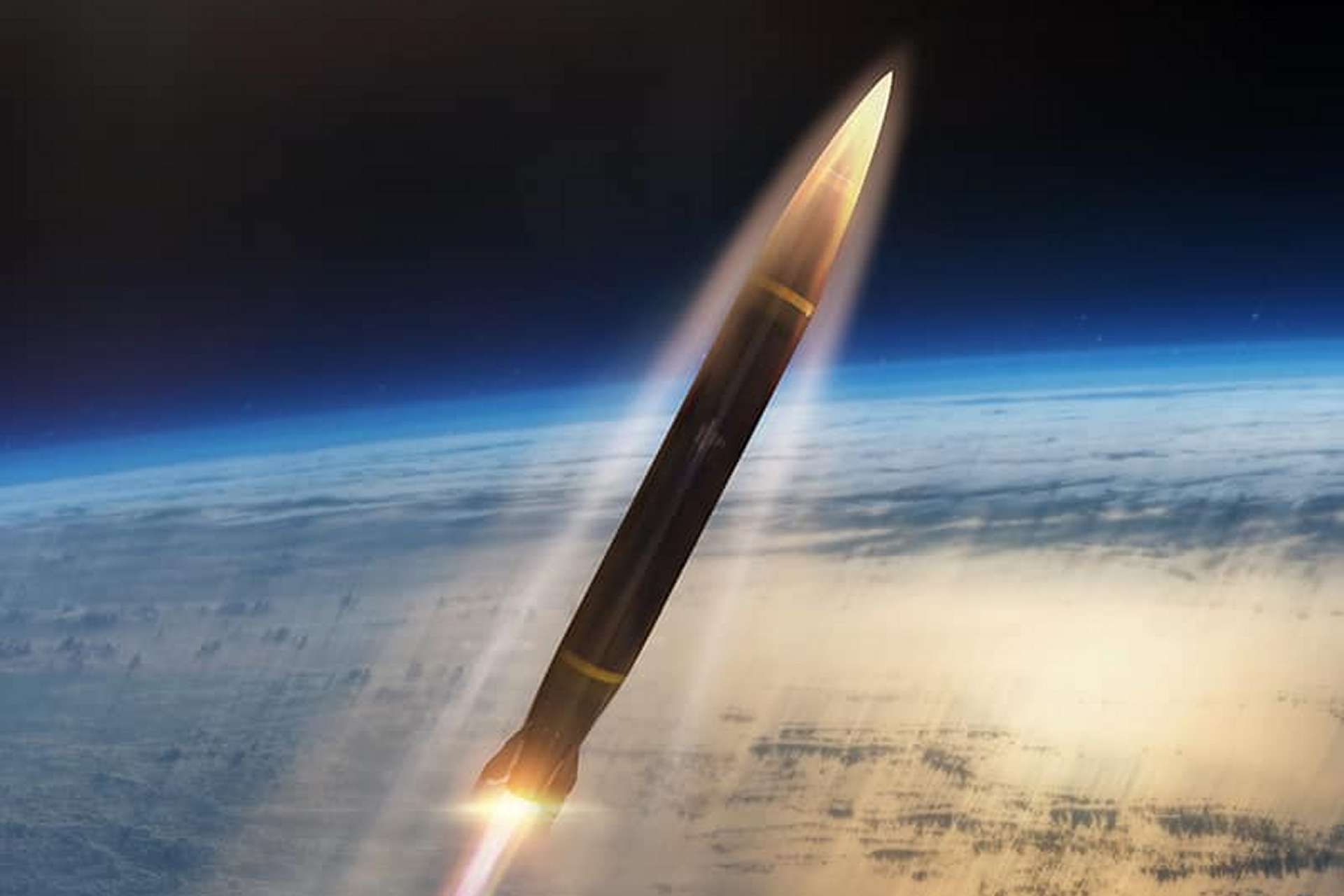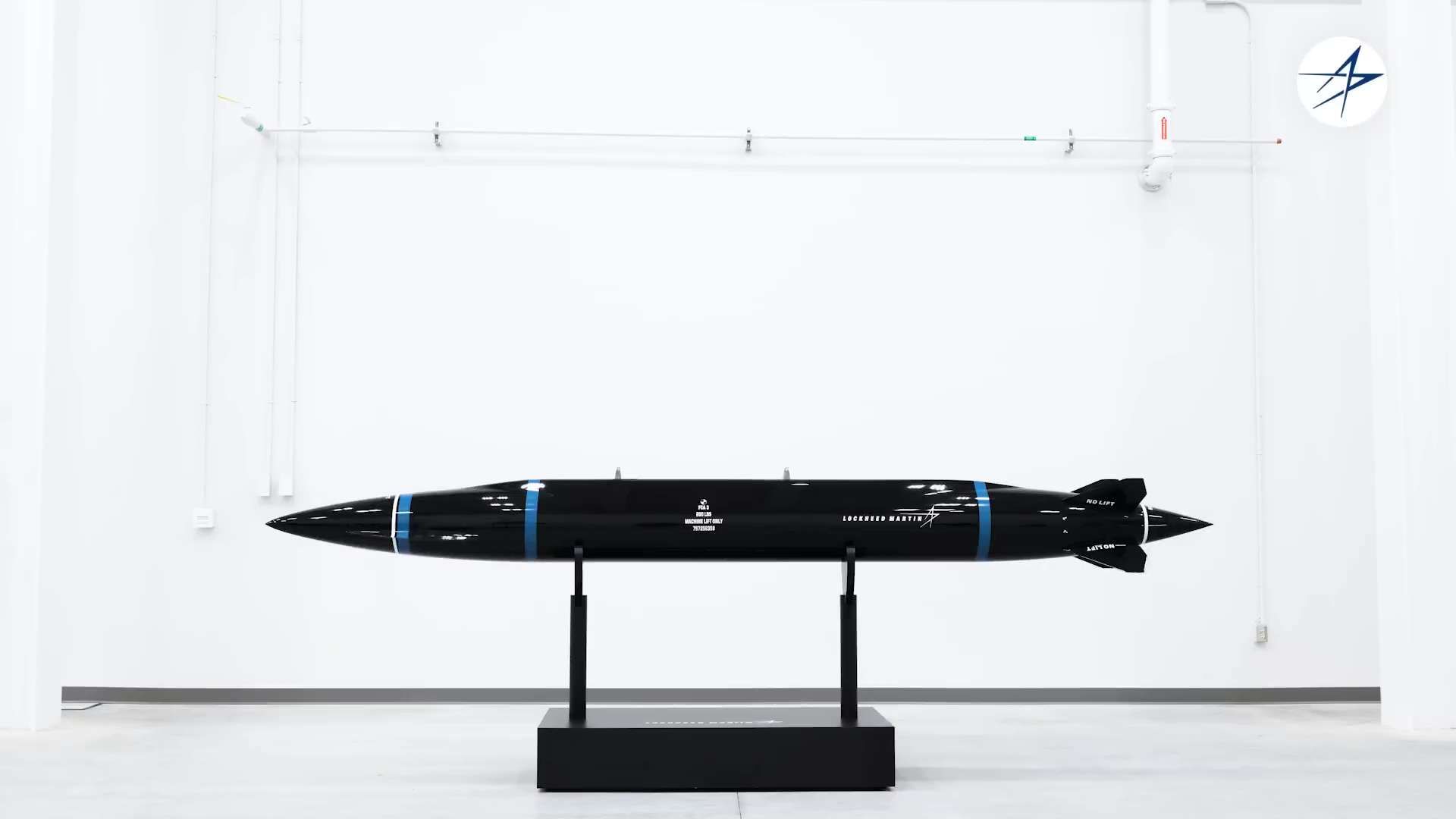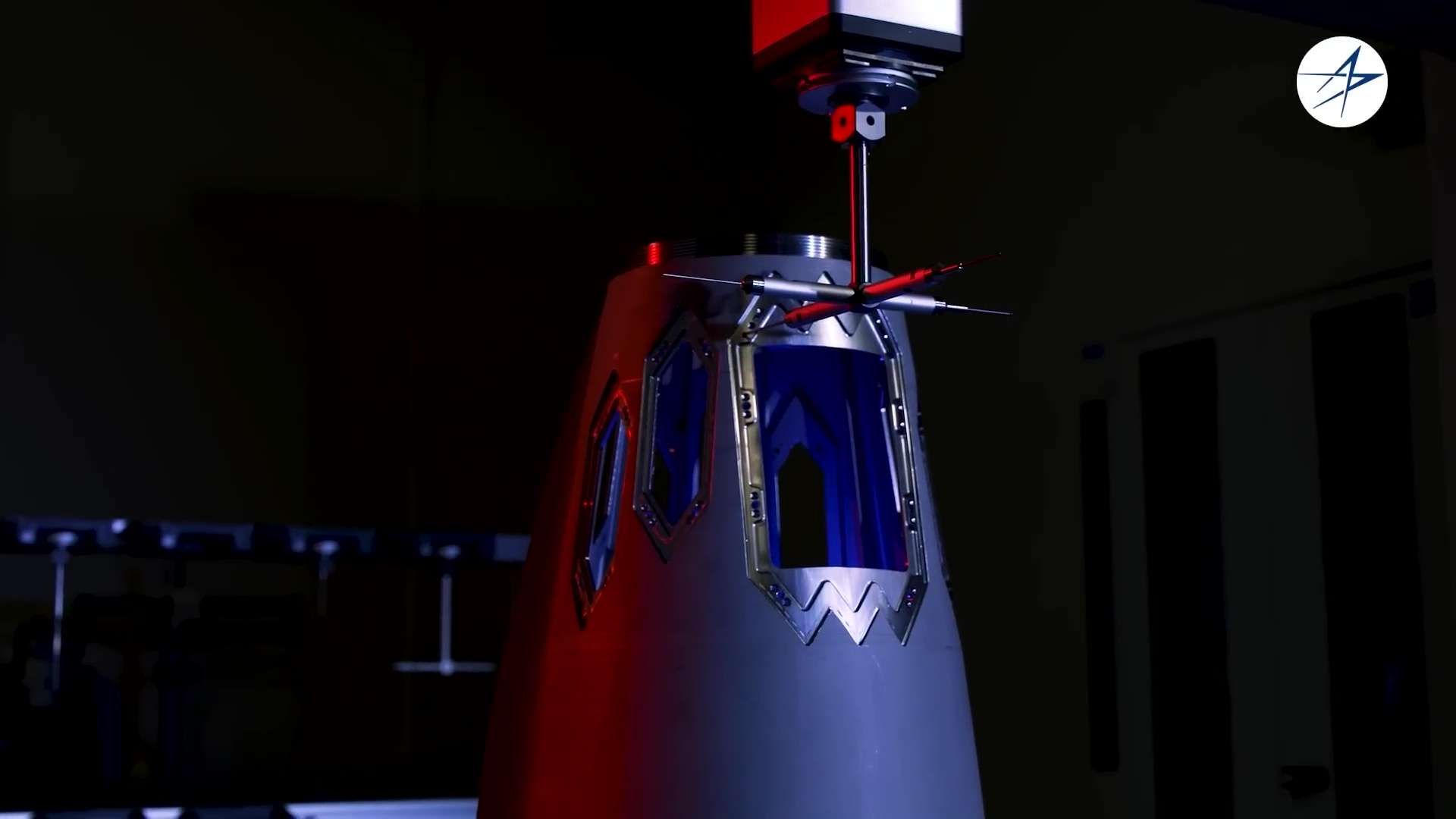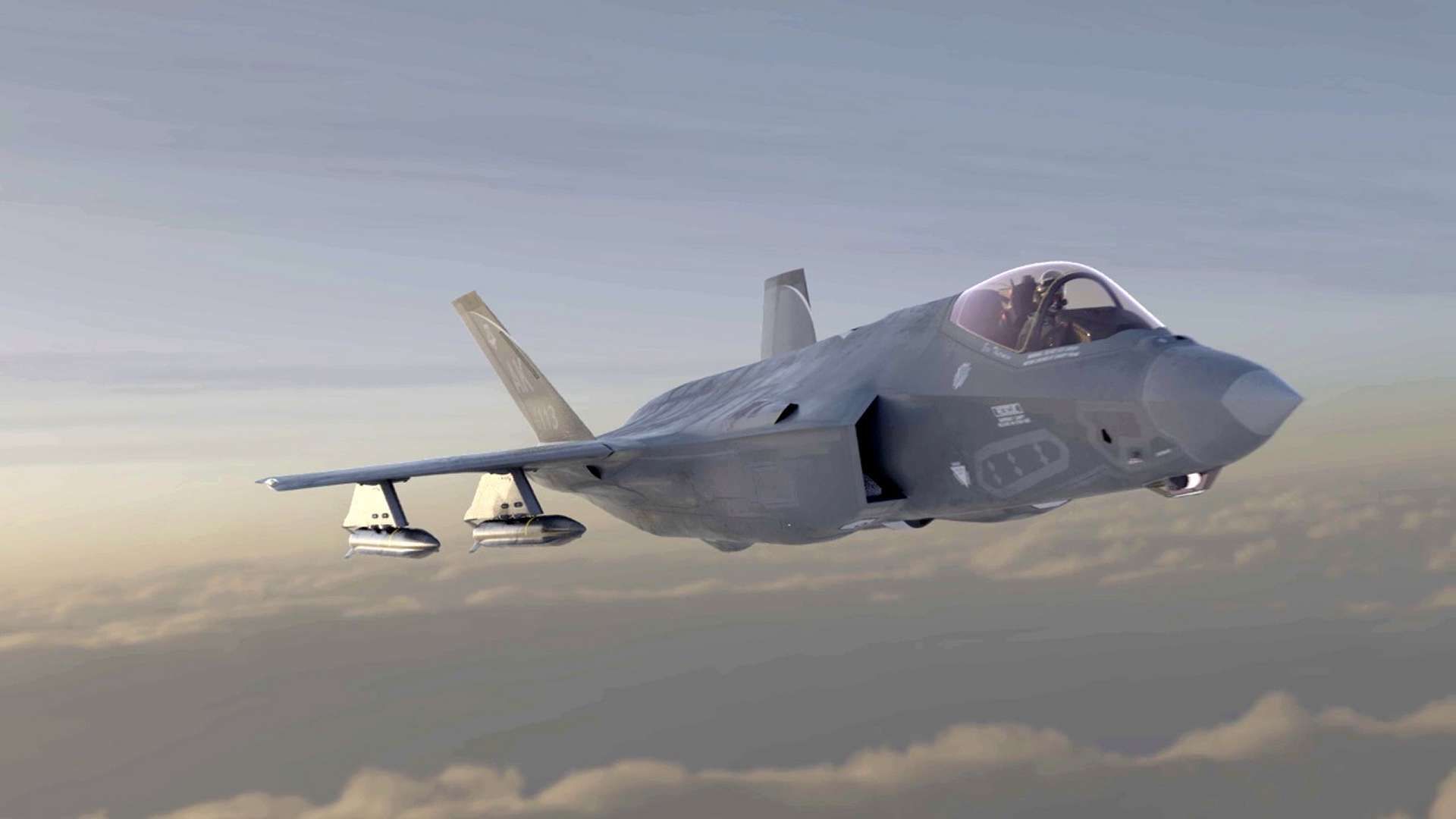Breaking News
Is UAE preparing to buy Lockheed Martin's new Mako hypersonic missile?.
According to a report by TacticalReport on August 19, 2024, the United Arab Emirates (UAE) is currently evaluating the possibility of submitting a Foreign Military Sales (FMS) request to the United States for the procurement of the Lockheed Martin Mako multi-mission hypersonic missile. The discussions regarding this potential acquisition highlight the UAE's ongoing efforts to enhance its defense capabilities in a region characterized by geopolitical tensions, particularly in relation to Iran.
Follow Army Recognition on Google News at this link

The missile's design allows it to reach speeds exceeding Mach 5, with a tactical application where stealth fighters can operate as forward observers and relay target data to fourth-generation aircraft for engagement, potentially enhancing the operational roles of both newer and older aircraft. (Picture source: Lockheed Martin)
The status of these talks suggests that the UAE is in the preliminary stages of considering an FMS request, with certain prerequisites needing to be addressed before any formal submission. A key factor in this process is the stance of the Pentagon, whose approval is essential given the advanced nature of the hypersonic missile technology involved. The decision by the Pentagon will likely involve careful consideration of the strategic implications of transferring such technology to the UAE, even though the UAE is a longstanding partner of the United States.
The UAE’s interest in the Mako hypersonic missile is consistent with its broader strategy of maintaining technological capabilities that are considered essential for the protection of its critical infrastructure against emerging threats. Additionally, this interest aligns with the UAE's objectives of developing a more self-sufficient defense industry. The potential acquisition could play a role in furthering advancements in domestic military production, building on existing collaborations with international defense firms like MBDA, which have already contributed to the development of advanced weapons systems within the UAE.
Moreover, the pursuit of the Mako missile by the UAE reflects its approach to diversifying its defense partnerships. While the UAE continues to maintain strong ties with the United States, it is also exploring relationships with other global powers as part of a broader strategy to ensure access to advanced military technologies. This diversification of partnerships could enhance the UAE’s ability to navigate the complex regional environment and protect its national interests.

Developed under the U.S. Air Force's Stand-In Attack Weapon (SiAW) program, the Malo missile aims to address strategic challenges such as China's anti-access/area denial (A2/AD) capabilities in the Pacific. (Picture source: Lockheed Martin)
Historically, the UAE has engaged in numerous FMS agreements with the United States, with total sales exceeding $29 billion over the past decade. These acquisitions have included major defense systems such as the THAAD missile defense system, Patriot missile systems, F-16 Desert Falcon fighters, Apache helicopters, and various precision-guided munitions including JDAMs, AIM-9X-2 Sidewinder Block II missiles, and the Advanced Precision Kill Weapon System (APKWS). These purchases reflect the UAE's focus on improving its air defense and strike capabilities in response to regional security concerns.
In recent years, the UAE has been navigating a complex geopolitical landscape, characterized by shifting alliances and regional tensions. The country has placed increasing emphasis on diplomatic and economic engagements, notably through deepening ties with Israel via the Abraham Accords. This move is part of a strategic effort to counter Iranian influence in the region and reflects a broader trend among Gulf states to diversify their alliances and reduce reliance on any single global power.
Despite these diplomatic efforts, the UAE continues to face significant security challenges, particularly in relation to its involvement in Yemen and the associated threat from Iranian-backed Houthi forces. The country has been targeted by attacks, raising concerns about the potential impact on its stability and its role as a regional economic hub. Nonetheless, the UAE maintains diplomatic channels with Iran, suggesting a preference for managing conflicts through dialogue rather than through military means.

Named after the fastest shark in the sea, the Mako hypersonic missile weighs 590 kilograms, measures 4 meters in length, and has a diameter of 33 centimeters. (Picture source: Lockheed Martin)
On the international stage, the UAE is balancing its relationships with major powers, including the United States and China. While it remains a key ally of the U.S., particularly in defense matters, the UAE is also expanding its economic ties with China. This approach reflects the UAE’s strategy to navigate the evolving global geopolitical landscape, ensuring that its security and economic interests are preserved in a context of increasing multipolarity.
Lockheed Martin's Mako hypersonic missile is a new air-launched weapon designed for compatibility with various U.S. military aircraft, including the F-35 and F-22 stealth fighters. Developed under the U.S. Air Force's Stand-In Attack Weapon (SiAW) program, the missile aims to address strategic challenges such as China's anti-access/area denial (A2/AD) capabilities in the Pacific. The Mako has been tested for both internal and external carriage on a wide range of platforms, making it adaptable across multiple aircraft types.

The Mako missile's modular design supports the rapid integration of mission-specific elements like warheads and seekers, embracing the concept of open system architecture, but applied to hypersonic missiles. (Picture source: Lockheed Martin)
The missile's design allows it to reach speeds exceeding Mach 5, with a tactical application where stealth fighters can operate as forward observers and relay target data to fourth-generation aircraft for engagement. This approach could enhance the operational roles of both newer and older aircraft within the U.S. military. Although the Department of Defense has not committed to full-scale production, the Mako missile has been included in the U.S. Navy's Other Transaction Authority (OTA), indicating potential future funding.
The Mako missile features a modular design, supporting the integration of mission-specific components, and aligns with the broader trend towards open system architecture in military technology. This design approach allows for easier and potentially cost-effective upgrades over the missile's lifecycle. Additionally, Lockheed Martin has expressed interest in international collaboration, particularly under the AUKUS agreement, which could involve the UK and Australia in future development and production efforts.

The Mako hypersonic missile has been tested for external carriage on various aircraft including the F-15E, F-16C, F-35 Lightning II in A and C variants, F-A/18 Super Hornet, and F-22 Raptor. (Picture source: Lockheed Martin)


























